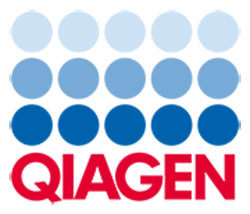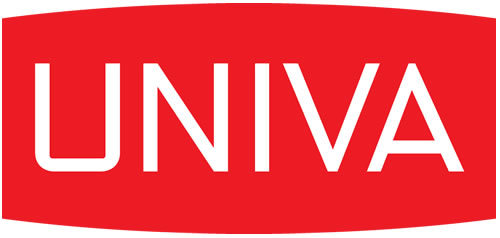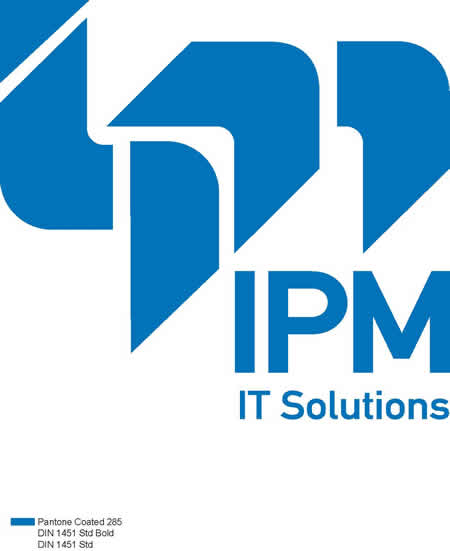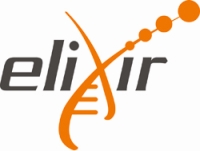KEYNOTE SPEAKERS
 |
DAVE BURT The Roslin Institute The University of Edinburgh United Kingdom > Click here for biography < |
 |
RACHEL KARCHIN Associate Professor The William R. Brody Faculty Scholar Institute for Computational Medicine Department of Biomedical Engineering Department of Oncology Johns Hopkins University Baltimore, Maryland, USA Title: CRAVAT 4.0: Informatics Tools for High-throughput Analysis of Exome Variants > Click here for abstract & biography < |
 |
ERIC KARSENTI European Molecular Biology Laboratory Heidelberg, Germany Title: TARA OCEANS: Characterisation of Global Oceans Plankton Ecosystems > Click here for abstract & biography < *************************************************** Congratulations to Eric Karsenti! On September 27, 2015, Eric Karsenti was awarded the Centre National de la Recherche Scientifique (CNRS) gold medal, France's highest scientific distinction that recognizes a French scientist in any field covered by the CNRS. |
 |
SUZANNA E. LEWIS Scientist and Principal Investigator (PI) Berkeley Bioinformatics Open-source Project (BBOP) Lawrence Berkeley National Laboratory Berkeley, California, USA > Click here for biography < |
 |
PETER F. STADLER Professor University Leipzig, Germany Santa Fe institutes in Mexico Anew, USA Max-Planck's Institute of Mathematics in the Sciences, Germany > Click here for abstract & biography < Title: The Interplay of Methylome and Transcriptome - Computational Techniques and Surprising Findings |
| ABSTRACTS & BIOGRAPHIES | |
| DAVE BURT
CV: www.roslin.ed.ac.uk/dave-burt/curriculum-vitae/ |
|
RACHEL KARCHIN Title: CRAVAT 4.0: Informatics Tools for High-throughput Analysis of Exome Variants Biography: Rachel Karchin received a PhD in Computer Science from the University of California Santa Cruz in 2003 and did postdoctoral research in the Department of Biopharmaceutical Sciences at University of California San Francisco. She joined the faculty of Johns Hopkins University in 2006, where she is currently an Associate Professor with joint appointments in the Departments of Biomedical Engineering and Oncology. She was appointed as the Whiting School of Engineering William R. Brody Faculty Scholar in 2013. Dr. Karchin’s lab develops computational and statistical methods to interpret and predict the impact of individual variation in the genome, transcriptome, and proteome. These methods are being applied to discovery and clinical translation in cancer, cystic fibrosis and psychiatric disorders. The lab is deeply embedded in collaborations that include geneticists, oncologists, pathologists, psychiatrists and surgeons. |
|
|
ERIC KARSENTI Biography: On September 27, 2015, Eric Karsenti was awarded the Centre National de la Recherche Scientifique (CNRS) gold medal, France's highest scientific distinction that recognizes a French scientist in any field covered by the CNRS. Research director at the CNRS and Senior Scientist at EMBL, he is a member of EMBO and of the French Academy of Sciences. Since 2009 he is the Scientific Director of the TARA OCEANS expedition. |
|
| SUZANNA E. LEWIS
Biography: Suzanna E. Lewis is a scientist and Principal Investigator (PI) at the Berkeley Bioinformatics Open-source Project (BBOP) based at Lawrence Berkeley National Laboratory. Lewis leads the development of open standards and software for genome annotation and ontologies. She led the team responsible for the systematic annotation of the Drosophila melanogaster genome, which included development of the chado annotation pipeline and database framework, and the annotation curation tool Apollo. Lewis' work in genome annotation also includes playing instrumental roles in the GASP community assessment exercises to evaluate the state of the art in genome annotation, development of the Gbrowse, Jbrowse, and Web Apollo genome browsers, and the data coordination center for the modENCODE project. In addition to her work in genome annotation, Lewis has been a leader in the development of interoperable biological ontologies, now collected under the Open Biomedical Ontologies (OBO) effort. These include the original founding of the Gene Ontology (for which she remains a Principal Investigator), the Sequence Ontology, Uberon anatomy ontologies, and developing open software for editing and navigating ontologies such as AmiGO, OBO-Edit and Phenote. Most recently her team is developing methods for discovery of genotype to phenotype relationships as part of the Monarch Initiative. In 2005 Lewis was elected a fellow of the American Association for the Advancement of Science in recognition of her contributions to science in the fields of Information, Computing, and Communication. |
|
| PETER F. STADLER The Interplay of Methylome and Transcriptome - Computational Techniques and Surprising Findings Abstract: With the increasing availability of large-scale bisulfite sequencing data, in particular in the context of the ICGC efforts, efficient tool for analyzing genome-wide methylome sequencing have become a pressing need. To cope with large numbers of sample we have developed an efficient method to call differentially methylated regions (DMRs). Applied to a data set of Burkitt lymphoma, follicular lymphoma, and normal germinal center B cell samples we observed differential methylation of intragenic regions that strongly correlated with expression of associated genes. DMRs between Burkitt and follicular lymphomas implicated DNA methylation as cooperating with somatic mutation of sphingosine phosphate signaling, as well as the TCF3-ID3 and SWI/SNF complexes, in a large fraction of Burkitt lymphomas. The same data set also exhibits important changes in transcript structures. To address this issue in detail, we developed a method to assess differential splicing on a per-junction basis. Surprisingly, very different alterations of genome, methylome, and transcriptome converge at the very similar molecular phenotypes. While higher levels of methylation are normally associated with transcriptional silencing, there is a systematic, counter-intuitive, positive correlation between methylation and expression levels in most cancers. This phenomenon is associated with poised chromatin and affects in particular developmental genes and transcription factors. We suggest that the alteration of the epigenetic status of poised chromatin is intimately linked to tumorigenesis. Biography: Peter F Stadler, born in 1965, is professor for bioinformatics at the University Leipzig since 2002. He did a doctorate in 1990 in Chemistry at the University of Vienna. After a postal doctorate in the Max-Planck's institute of biophysical chemistry in Goettingen he went back to Vienna in 1991 and qualified as a professor in 1994 in Theoretical Chemistry. Since 1994 he is also an external professor in Santa Fe institutes in Mexico Anew. Since 2009 he works as a foreign scientific member also at the Max-Planck's Institute of Mathematics in the Sciences. His fields of research: Bioinformatics with main focus on structural biology and comparative Genomics, non-encoding RNAs, mathematical bases of the evolution biology, and discreet mathematics. |
|










